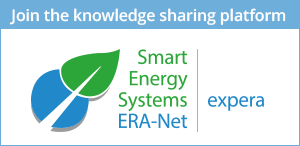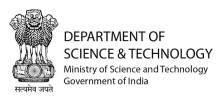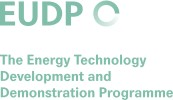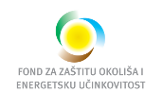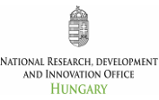Focus Initiative Integrated, Regional Energy Systems
(Start 2018, first call cofounded by the EC under grant agreement 775970-EN SGplusRegSys)
Regional and local energy systems and networks are composed of locally and regionally available energy sources, built infrastructure, specific production and consumption characteristics as well as user and consumer structures from different sectors, including the transportation system. They are part of the living environment of citizens, including, in some cases, highly ambitious clean energy goals of specific communities and regions. They provide appropriate services to consumers, customers and citizens as well as to the overall European energy system to help ensure the security of supply, maximise the primary energy efficiency and deliver a high share of renewable energy.
Local and regional energy systems will have to cope with a fundamental transformation in the coming years, responding to actual drivers such as the increasing uptake of new and improved technologies for decentralised energy systems, the boosting digitalisation and associated business models as well as current societal trends. In that respect, regional and local innovation ecosystems will have to play an important role.
In its "Clean Energy for All Europeans” legislative proposals (the so called "Winter Package”, covering energy efficiency, renewable energy, the design of the electricity market, security of electricity supply and governance rules for the Energy Union), the EC particularly highlights specific drivers and elements of regional and local energy systems. It highlights the fact that solar and wind technology prices have declined respectively by 80% and 30-40% between 2009 and 2015. Such cost-reduction is enabling consumers to produce and store their own renewable energy. According to the legislative proposal consumers shall benefit from increased allowances to produce their own electricity. They shall be allowed to organise themselves into renewable energy communities to generate, consume, store and sell renewable energy and feed any excess production back to the grid. This includes incentives for self-consumption of locally and regionally produced energy as well as for flexibility to help stabilise the overall electricity system. In the proposal for the internal electricity market1 a specific role is given to "Energy Communities”2,3 Not the least, the EC Winter Package recognises the potential of regional approaches, when it calls for "methodologies to assess security of supply and to identify crisis scenarios in the Member States and on a regional level, to conduct short-term adequacy assessments, to establish risk preparedness plans and to manage crisis situations.”
The overall goal of the ERA-Net SES Focus Initiative on Integrated Regional Energy Systems (RegSys) is to speed up the development and integration of such system solutions by promoting system management innovation. In a new systemic approach, all the elements such as electricity, gas, heating and cooling grids, end-use technologies in buildings and other infrastructure (e.g. water supply and sewage systems, transport system etc.), different kinds of end-users and management of energy conversion shall be combined and integrated in an innovative way. Regions and local communities shall be enabled to realise their high ambitions of moving towards decarbonised energy systems. At the same time they shall be linked to a secure and resilient European energy system. This shall include solutions that allow for a high proportion of renewables up to and beyond 100% in the local or regional supply.
1COM(2016) 864 final, Proposal for a DIRECTIVE OF THE EUROPEAN PARLIAMENT AND OF THE
COUNCIL on common rules for the internal market in electricity
2Page 52: 'local energy community' means: an association, a cooperative, a partnership, a non-profit organization or other legal entity which is effectively controlled by local shareholders or members…..”
Page 32: "… community energy offers an inclusive option for all consumers to have a direct stake in producing, consuming and or sharing energy between each other within a geographically confined community network …"
3REPORT on the proposal for a directive of the European Parliament and of the Council on common rules for the internal market in electricity (recast) (COM(2016)0864 – C8-0495/2016 – 2016/0380(COD)) Committee on Industry, Research and Energy – p.47, Article 16a Electricity sharing: "Local energy communities are entitled to share electricity from generation assets within the community between its members or shareholders based on market principles, including applying existing or future ICT technologies such as virtual net metering schemes and those based on distributed ledger technologies, as well as through power purchase agreements or peer-to-peer trade arrangements for example....”
RegSys Objectives and Ambitions
The systems and solutions to be developed shall allow integration of energy supply from various sustainable and variable sources and will secure optimal utilisation of the limited local and regional infrastructure and resources. By using energy management, monitoring systems and smart technologies, synergies between different energy vectors and pieces of infrastructure will be used to achieve optimal solutions for the regional or local energy systems. At the same time, the regional and local systems will connect to the overall energy and associated digital system, contributing to its stability, resilience, flexibility and efficiency. In addition to innovative technologies, developing and implementing smart and integrated energy systems requires organizational and regulatory innovation, new business models, new or reconfigured value chains, new actors in the research and business landscape of energy services and technologies as well as a better integration of different types of end-users into the energy system. A variety of entrepreneurial initiatives and partnerships among multiple actors is needed to speed up the implementation of smart and integrated energy in society. Integrated initiatives are needed to support social, institutional, organisational and market innovation in the energy sector, including the intersections between energy supply, energy efficiency, and new user practices. New cooperative approaches will not only strengthen local and regional transition dynamics and entrepreneurship, but will also develop EU level solutions to the integration of energy systems. This will help sustain European industrial leadership in sustainable energy solutions worldwide while paving the way for a low-carbon economy.
RegSys
- promotes applied research and development, piloting and demonstration in the field of integrated regional energy systems.
- coordinates national and regional RDD (Research, Development & Demonstration) budgets according to the implementation of the relevant European RDD agendas.
- will establish an innovation eco-system with generation of cutting edge ideas to be further developed, marketed and finally adopted as new services and products in society.
RegSys will initiate co-creation processes on a programme level together with Associated Partners from the regional and local innovation and business communities in order to align the R&I knowledge relating to technology and system aspects with new innovation approaches from start-ups and local and regional stakeholders in societal and business domains.
RegSys will enable to share best practice, develop planning tools and governance guidance, by this increasing confidence to demonstrate and exploit new solutions and business opportunities. It will expand the ERA-Net SES Knowledge Community together with experts from the resulting transnational projects and the regions.
RegSys will create transregional and transnational synergies, providing the base for a critical mass of marketable solutions, the implementation of common standards and reference architectures as well as a linking to European innovation initiatives of the SET-Plan.
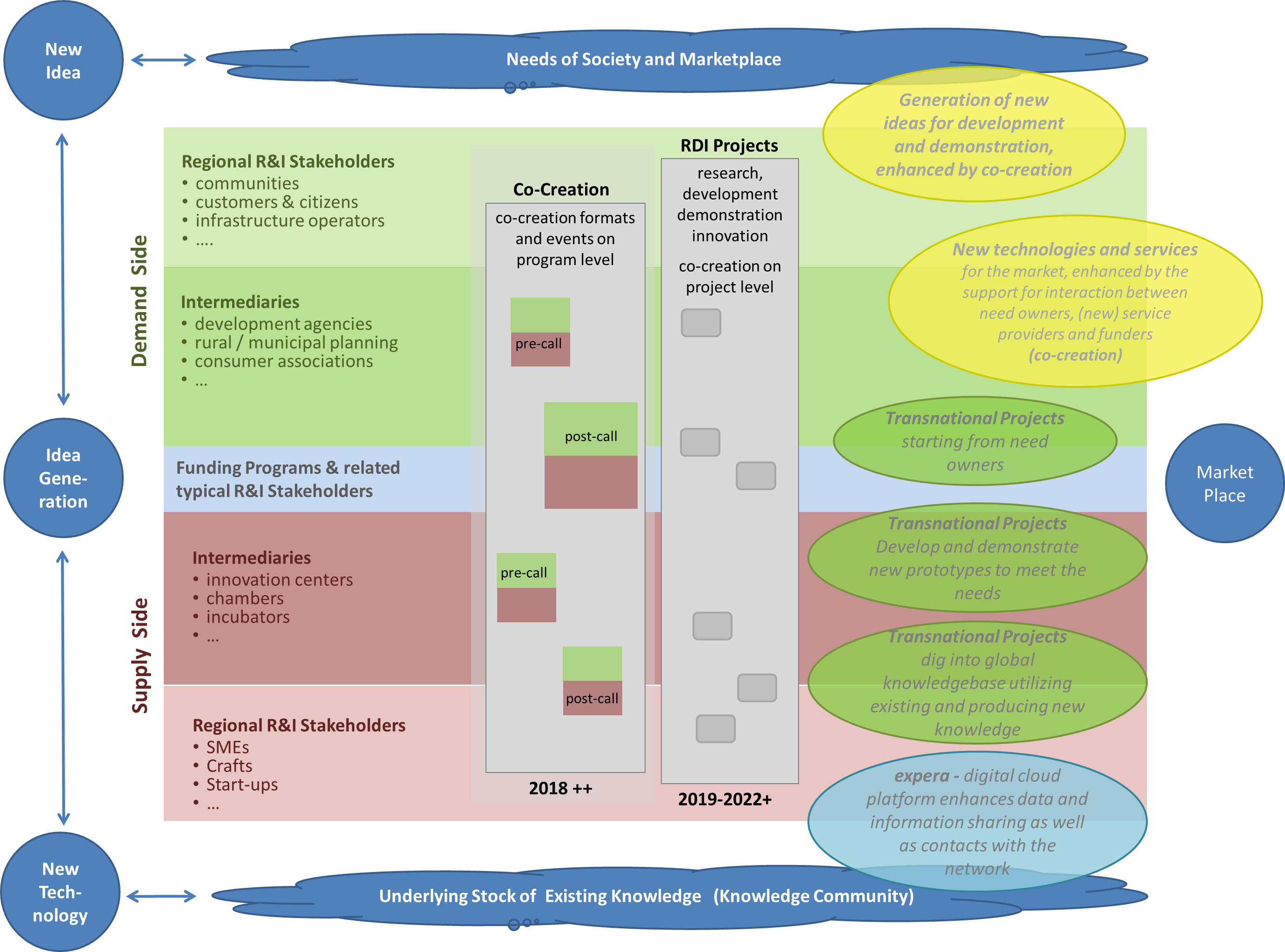
RegSys impact network approach of co-creation, coordination and communication
RegSys Concept and Approach
From a technical perspective, new solutions must optimise the integration of renewable energy, provide infrastructure that can host a large number of distributed generation units, increase flexibility by efficiently integrating different energy carriers as well as utilising (local) storage, supply side coordination and demand side response. They should also provide technology service systems that support highly dynamic business processes with a large number of participants enabling the implementation of complex business models serving different market participants such as individual consumers and prosumers or customer groups as well as system operators, facility managers, energy suppliers, service providers and aggregators.
On a local or regional level, smart energy activities often involve multiple economic sectors. RegSys aims to achieve the cross sectoral integration of smart energy systems and energy transition processes with transport (e. g. distribution grids using the storage capacities of e-mobile fleets) or industry and trade (e.g. data centres requiring electricity and providing waste heat, enterprises or stores using their large thermal stores for excess electricity and balancing the electricity grid), or municipal infrastructure (e.g. heating and cooling networks, water supply and sanitation, public transport, buildings) or agriculture (e. g. farms as facilities to generate or store energy). Key players from respective business sectors need to be involved and their potential to support the management of Smart Grids and Energy Systems needs to be investigated.
Furthermore we have to better understand local and regional processes and the implementation paths of innovative energy systems. Beyond well-established RDD stakeholders from industry, research institutes and universities, key players of the local and regional energy and innovation eco-system need to be involved. These include local energy and service companies, infrastructure operators, local and regional governments and public authorities, as well as SMEs and crafts. Beyond this, innovation ecosystems need to be established, which are also attractive for start-ups and enable the involvement of globally connected entrepreneurship. Initiatives that involve inhabitants of urban as well as rural areas in energy transition processes would seek integration with regional and SME support mechanisms as well as deployment programmes, allowing them to be complemented by market adoption measures and business model development, resulting in more advanced Research, Development and Innovation initiatives (RDI; TRL levels up to 8 and beyond), stimulated by Research Development and Demonstration projects (RDD; TRL levels up to 7). RDI initiatives could deal with energy systems for regions below the size of a NUTS 2 region (which is 800.000 inhabitants and more). Accommodating a smaller political and planning entity (starting from 150.000 inhabitants. i. e. NUTS 1) when developing a regional energy system. Smaller regions, especially in a rural context, often allow for better involvement of the right stakeholders to create the necessary buy-in. In order to be efficient and compatible, initiatives will also have to connect to the transnational and European knowledge base and relevant innovation initiatives.
Expectations to Proposals for Projects to develop integrated regional energy systems
Challenge:
Projects are expected to develop and demonstrate technologies, systems and solutions that make it possible to efficiently provide, host and utilise high shares of renewables, up to and beyond 100% in the local or regional supply by 2030. At the same time, they shall link to a secure and resilient European energy system, enabling the participation in inter-regional exchange of energy as well as in sharing responsibility to maintain the overall system, considering a sustainable use of local and global resources.
Projects shall
- identify the critical needs and involve the most significant need-owners in local and regional energy systems
- involve technology and service providers, innovators and researchers to develop and define tailor-made solutions for local and regional energy systems that meet the demand of the need owners
- engage private and public stakeholders in co-creation eco-systems that accelerate the innovation and implementation of new solutions, while stimulating European business development with the support of the transnational ERA-Net SG+ RegSys knowledge community.
The scope and ambition for projects may be different in the particular RegSys calls. The following basic characteristics were agreed on:
Project characteristics:
- transnational nature, involving at least two independent participants from two different countries participating in the call
- expand upon clearly described regional and local needs as defined by relevant need owners
- show a critical mass of participants and critical size according to their subject (e. g. minimum number of involved households, connecting different types of storages, demonstrating Virtual Power Plants of a minimal size, platforms that host a minimal number of stakeholders etc.)
- show relevance to the RegSys core goals and ambitions, the Three Layer Research Model "Stakeholder/Adoption, Marketplace, Technology” and the Three Dimensions of Integration "Cross Sectoral, Local and Regional Development, Smart Energy System”
- prepare or implement demonstration projects (TRL 6-7); projects shall expand on results from and connect to ongoing or recently finished demonstration projects (utilise test infrastructure, utilise knowledge, cooperation of key demos, transfer of results, opening-up, etc.) New greenfield demos however are also intended, but must be complementary (no duplication). Projects should develop new solutions with the potential to become best practice by 2025.
- show potential for follow-up projects with market uptake measures (TRL 8-9) that could be supported by RegSys funding partners or associated partners, that can provide appropriate funding schemes
- prepare or implement (in areas named in the call) projects of TRL levels 3-6 that develop concepts and technologies for solutions with a potential to become best practice by 2030
- refer to existing roadmaps and implementation plans, reference architecture models and common standards as they exist as well as to living relevant documents of the ERA-Net Smart Grids Plus Knowledge Community
- develop IPR, knowledge sharing and open data strategies (incl. active participation in co-creation. Projects are expected to participate in the ERA-Net SES Knowledge Community workshops and webinars and to contribute to expera, the virtual knowledge platform and to allocate of respective resources.
The topics of RegSys calls will be defined as
- referring to the overarching goals and strategic targets for Integrated Local and Regional Energy Systems as identified in the SET-Plan Action 4 Implementation Plan / Flagship Initiative 2 "Develop Integrated Local and Regional Energy Systems”.
- utilising the existing European roadmaps and implementation plans, such as the ETIP SNET Implementation Plan or the Cross-Cutting Technology Roadmap of the European Technology Platform on Renewable Heating and Cooling.
